from 0 review
7 Day/ 6 Night
Daily Tour
15 people
English
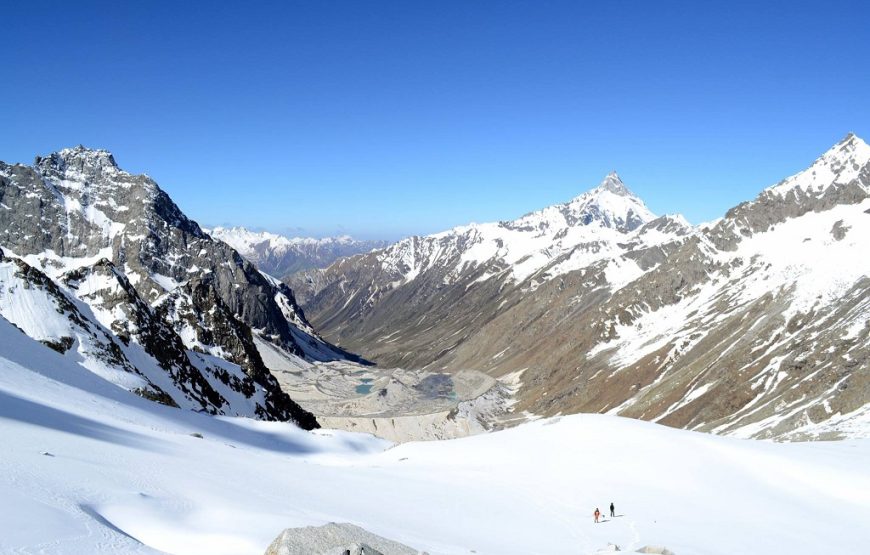
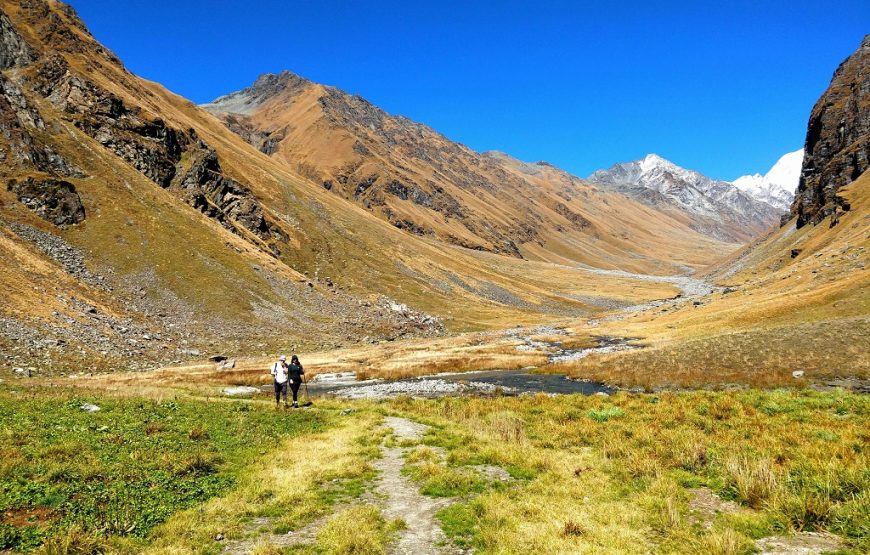
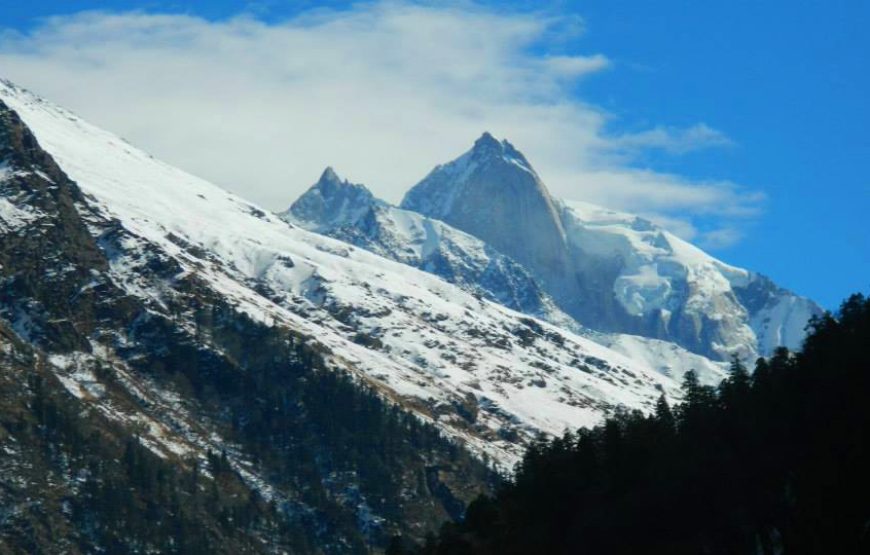
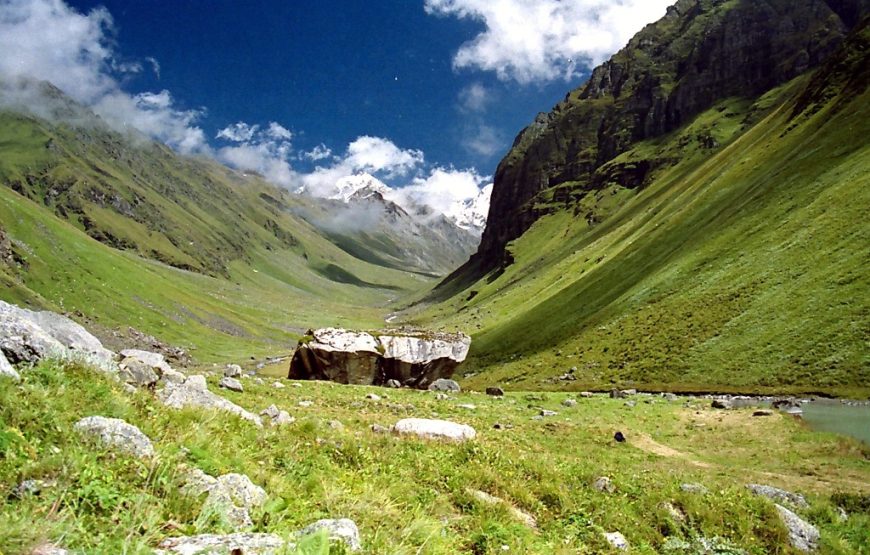
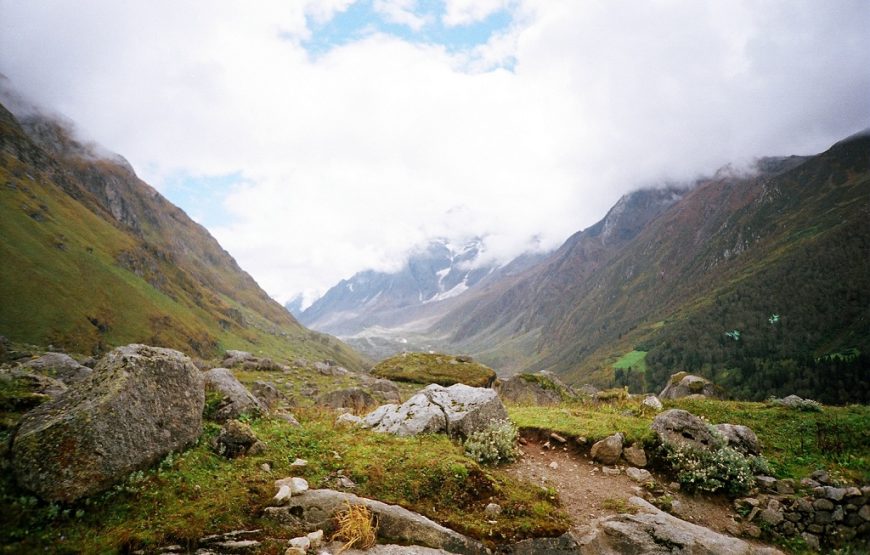
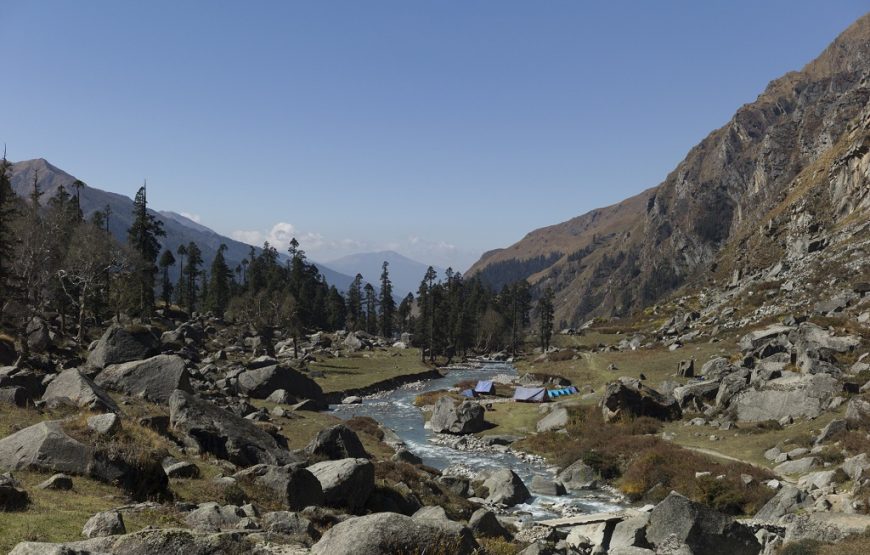
Borasu Pass ( 17,880 ft) is a high mountain pass in the Himalaya Mountains of Uttarakhand. The pass is located on the border of Uttarakhand and Himachal Pradesh near the border with Tibet. It was an ancient trade route between Har ki Doon valley and Kinnaur valley.
Borasu Pass divides Uttarakhand from Himachal Pradesh. The pass is located only a few kilometers from the Tibet border. The east part of the Borasu area comes out from Tons valley and the north-west part is merged with Baspa valley. Its north-west range comes down on Jhukia Glacier. The nearest village, Chitkul, is 20.3 km (12.6 mi)away from the pass. on the Himachal (Kinnaur valley) side and Osla village on the Uttarakhand side of the pass. Approach to the pass is marked by grasslands. Mountains Bandar Poonch, Black Peak or Kala-nag, swargarohini and Har ki Dun may be observed from the pass.
Begin your journey from Dehradun till Sankri, travel via bus or taxi according to your trekking package. Over Night Stay in Sankri
Reach at Taluka from Sankri, the trek begins from Taluka. With the Supin river flowing beside, the walk is quiet pleasant. The path will cross over the Supin river, keep walking through the village of Gangad and gradually the village of Osla will appear. The Seema village is tiny settlement opposite to the river from Osla.
From Osla the trail gradually gets higher, the ascending path climbs high above the confluence Supin river from the Ruinsara Valley. The Har Ki Dun appears, it is located in the midst of two valleys- one originating from the Jaundhar Glacier and other from beyond Hata glacier.
While trekking to the Ratha Tho you will cross the Marinda Tal, a small lake. The path ahead is a bit over the boulders, but the snow clad peaks and panoramic view makes the walk worth every step.
This path is more over boulders and is covered with snow on most of the areas. The campsites on Upper Lamjung are usually covered with snow all over. The climb however opens up to an ecstatic view of the valley left behind.
Distance-As you keep moving higher up the scenery keeps getting wider and better. The cradle shape Borasu Pass appears after crossing two boulders with a final ascent over these boulders. Descending towards the Himachal side of the pass into the large glacier over the initial slope, the trek is further along a tributary of Baspa River, you may find many shepherds along the way.
A long trek of 8 hour with an easy walk through flower fields and forest. Stay overnight in Chitkul Village. The trek ends here. From here you can have public or private transport from Chitkul or Sangla to Sankri.
The maximum altitude for this trek is 17,224 Ft., offering breathtaking views and a challenging experience.
This trek is rated as "Difficult " due to the high altitude, rugged terrain, and demanding hiking days.
The trek spans 7 Days , including travel to and from Sankri.
Participants should be at least 15 Year to join this trek due to its demanding nature.
May — June (15C to 20C and night 7C to2C) Sept — Oct (15C to 10C and night 5C to -5C).
Pre Monsoon Season:— May first week to June end and post monsoon Season:- September 2nd week to Nov first week.
The trek starts and ends in Sankri.
6.30 am To 7.30 am at Dehradun Railway Station
5.30 pm To 6.30 pm
People with conditions such as Bronchitis, Asthma, TB, Epilepsy, high blood pressure, or a higher BMI are not allowed on this trek.
Children under 8 years old are not permitted to join the trek.